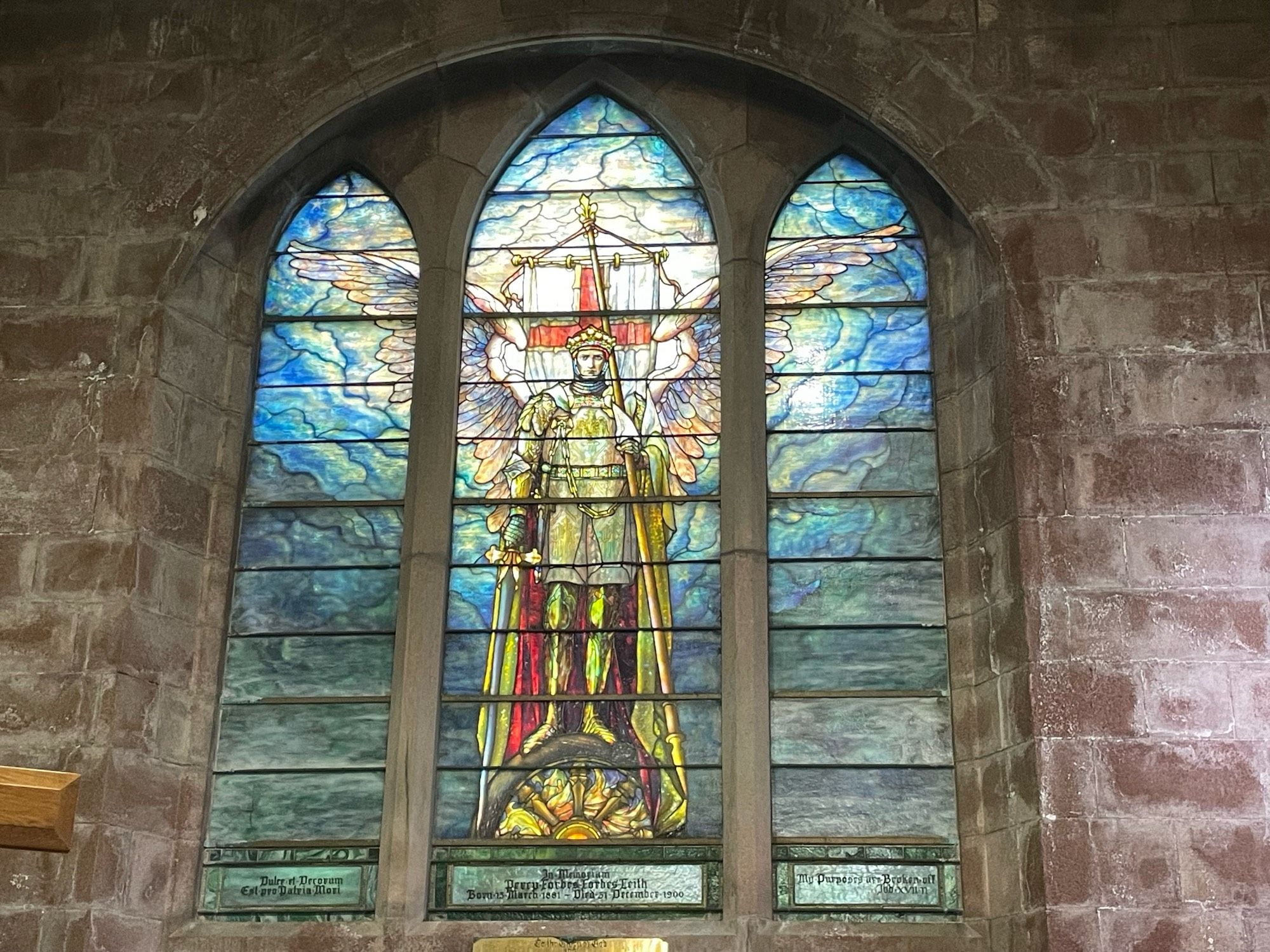
Still feeling the after-effects of my souvenir from Scotland (Covid round 2). Sending healing waves from Surrey.
That should have said mid 15th century. Cathcart was built in c. 1450.
For IronworkThursday, here’s a splendid tomb enclosure/mortsafe I saw at Elgin Cathedral recently. According to the inscription it was erected by John Forsyth, the Ironmonger in Elgin, in 1810, in memory of his wife and other family members.
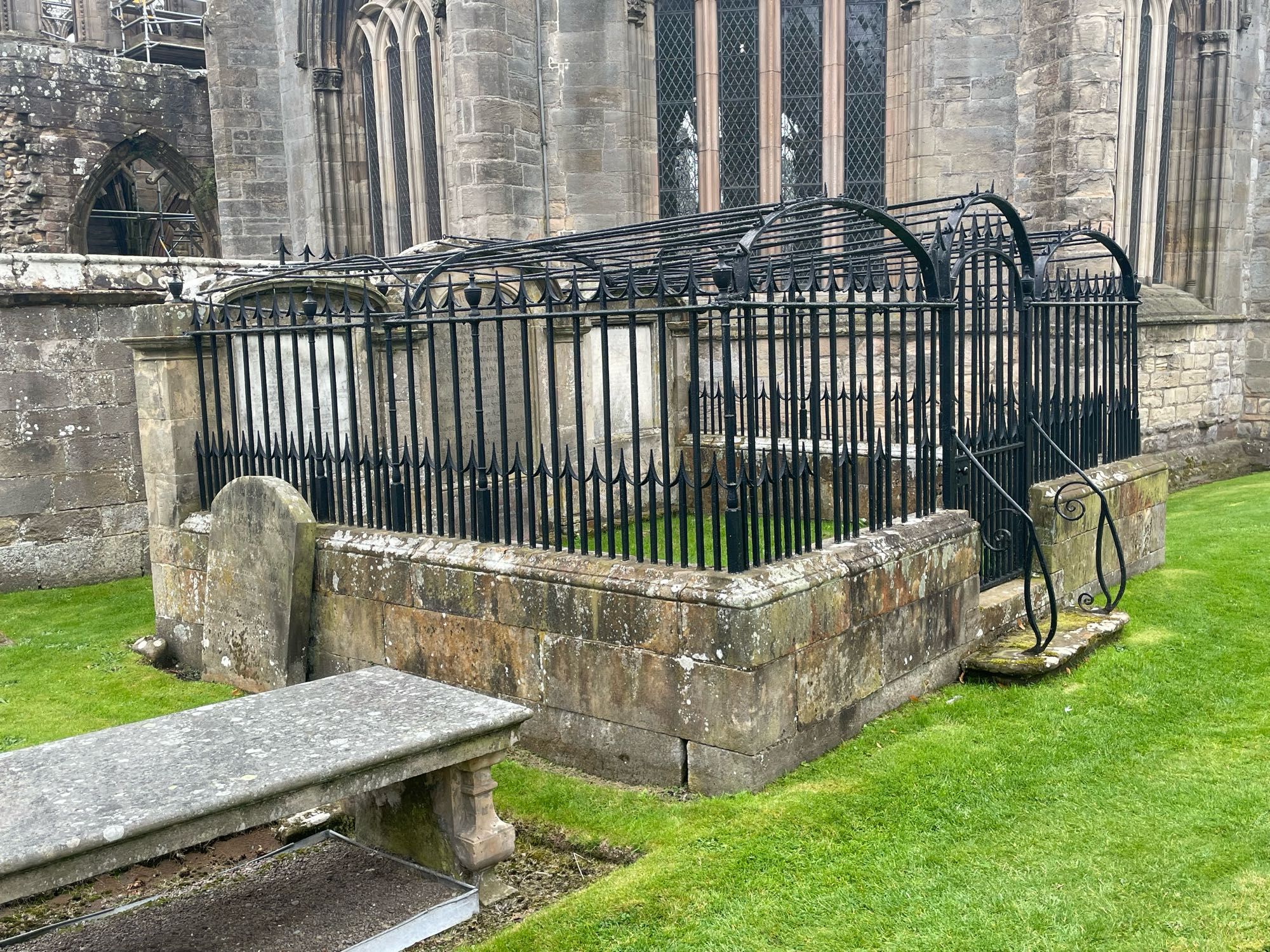
It is discombobulating, isn’t it? I get the same feeling when I see my favourite toy building set in museums, especially as the buildings I constructed were supposed to represent modernism. www.brightontoymuseum.co.uk/index/Catego...

At Spynie, considerable effort has gone into shoring and reinforcing the east wall of the tower, with a section of curtain wall rebuilt to buttress the wall, and two of the intra-mural vaults reconstructed to provide additional strengthening.
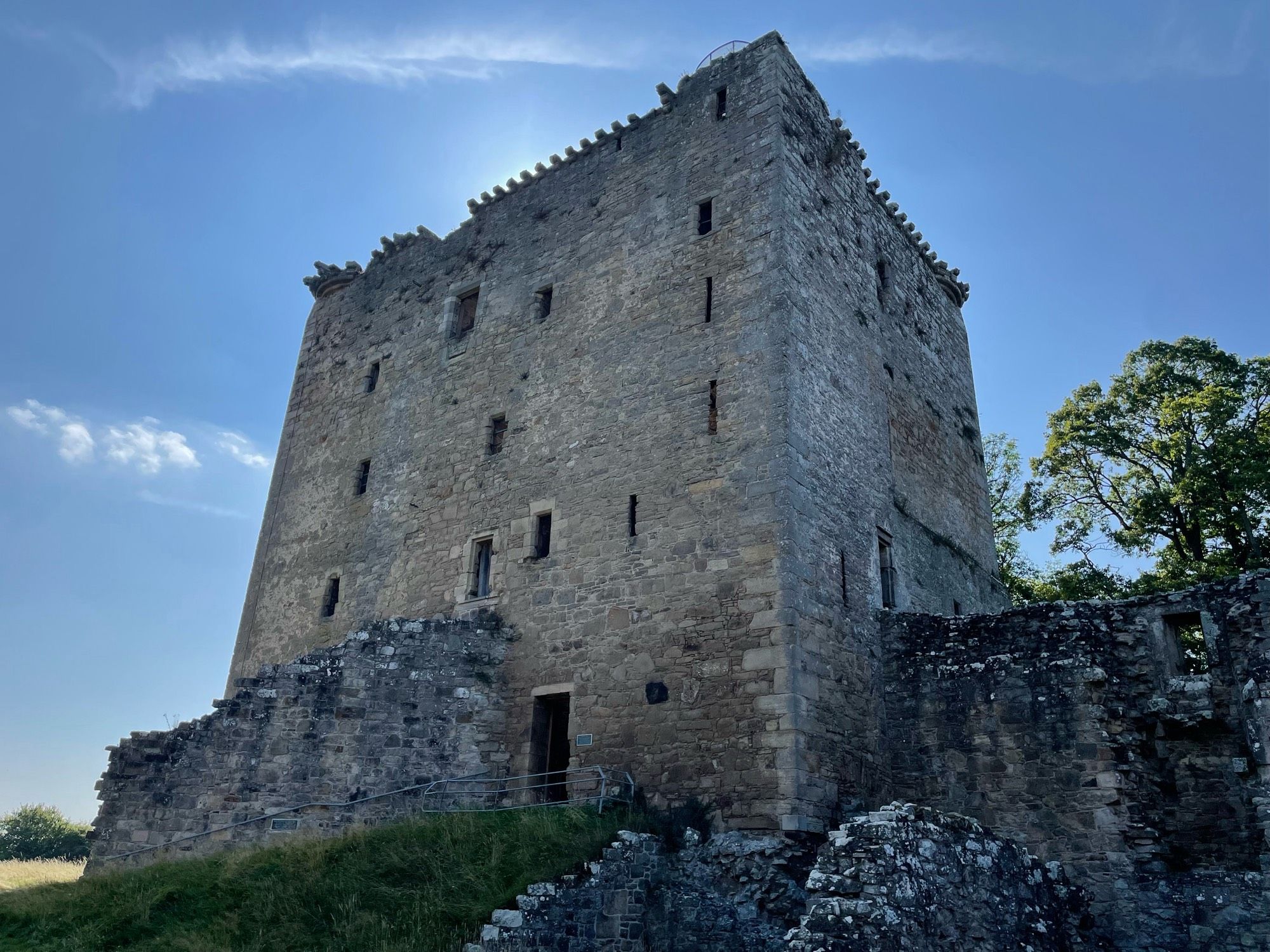

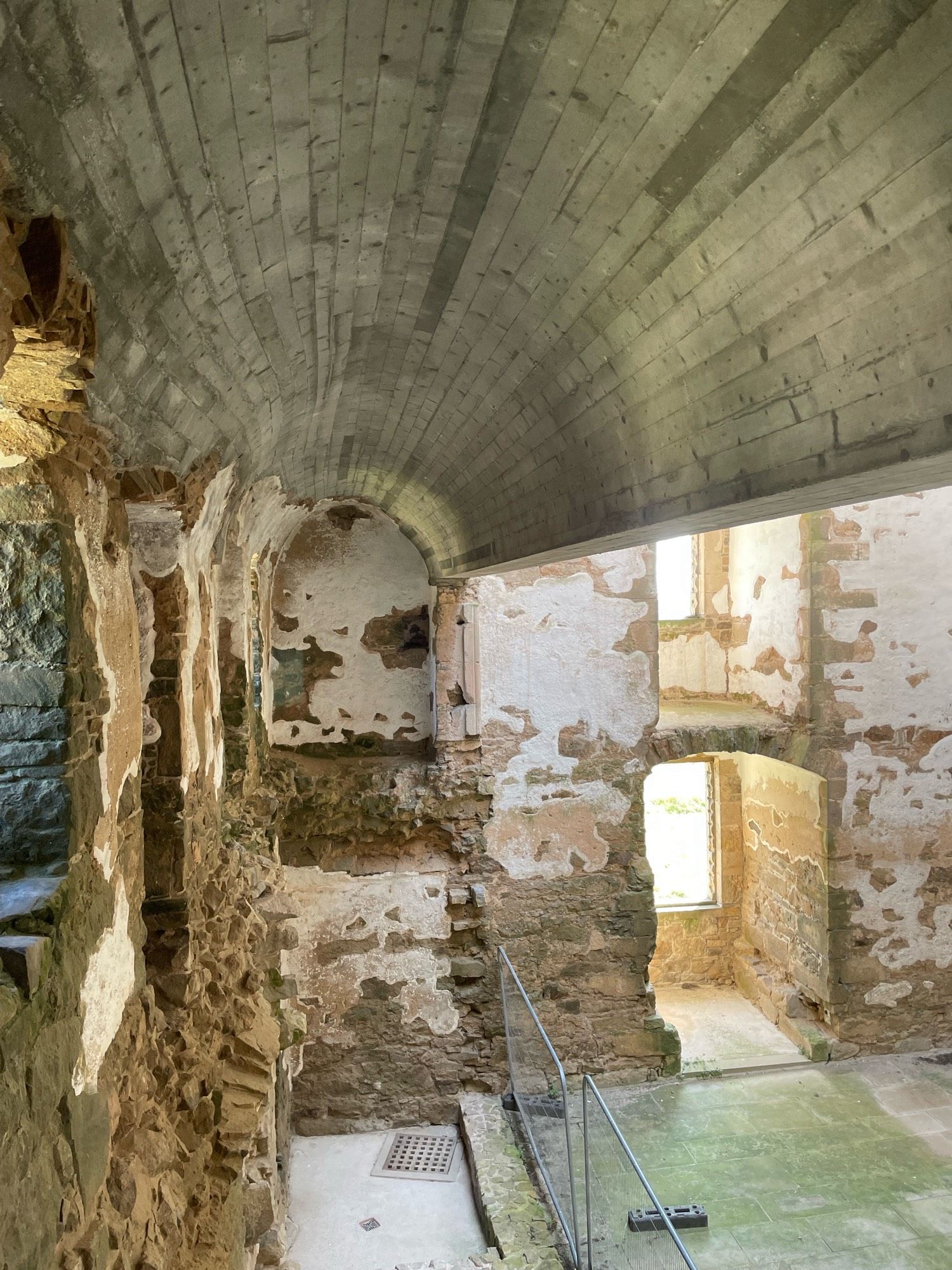
This (and decades of neglect) caused the collapse of Cathcart Castle in 1979. canmore.org.uk/collection/1...
I was keen to see Spynie as I excavated at Cathcart Castle in 1980-81. Geoff Stell has drawn attention to the cellular construction of some mid 14th-century Scottish towers and their increased vulnerability to collapse, particularly in decay.
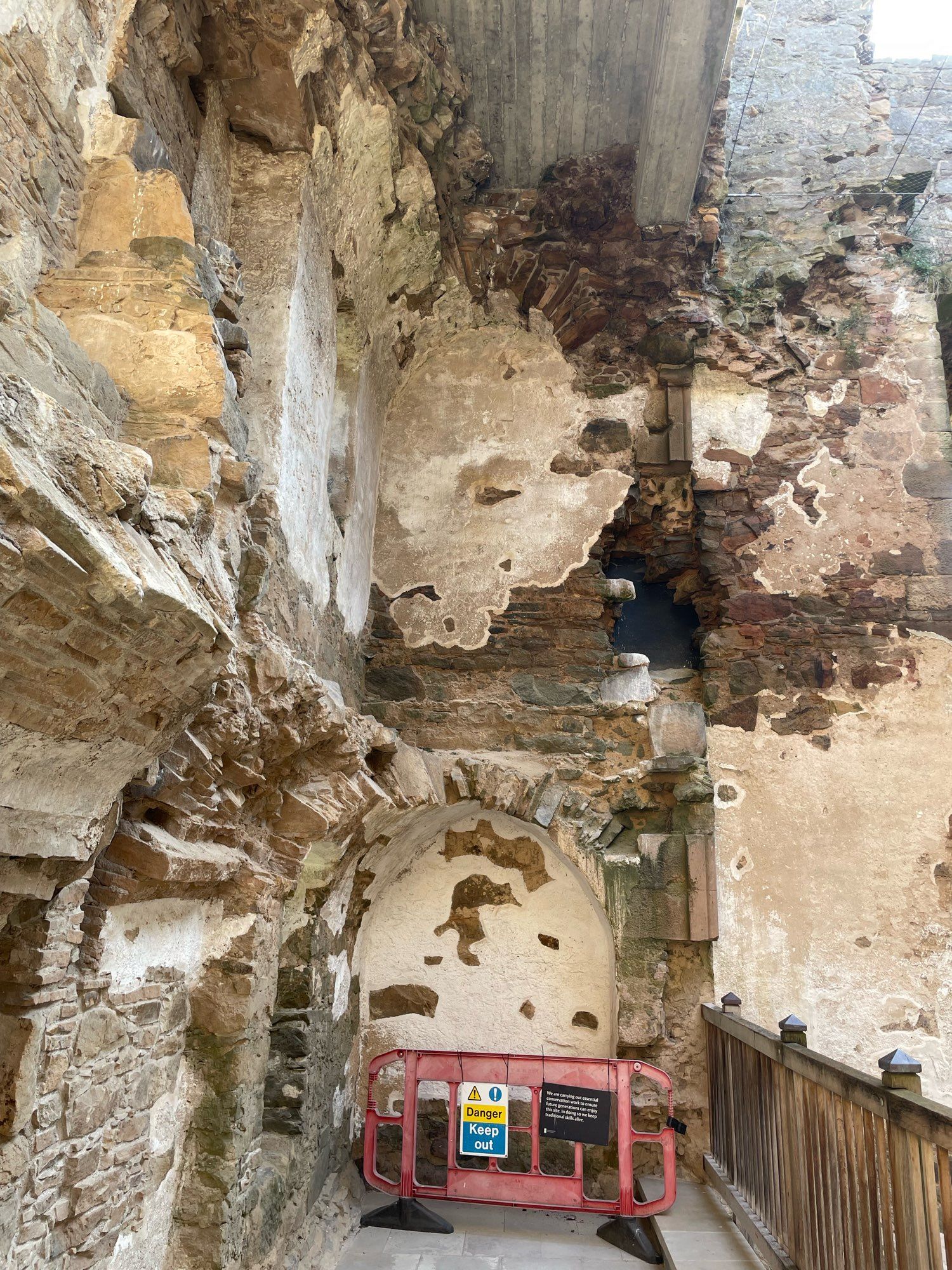
Yesterday’s stops en route to friends in Inverness: the gorgeous Huntly Castle, and Spynie Palace with its enormous towerhouse.
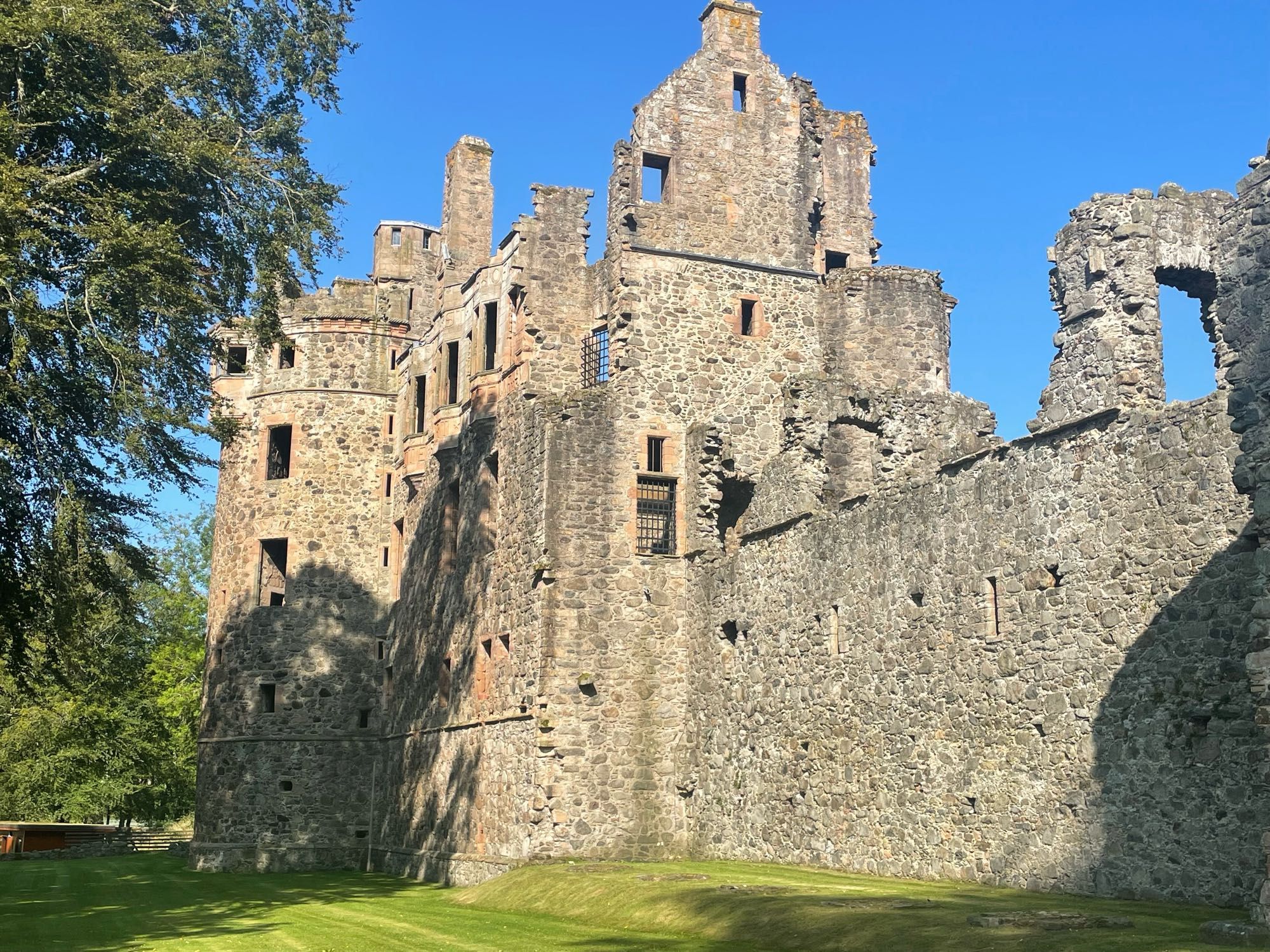
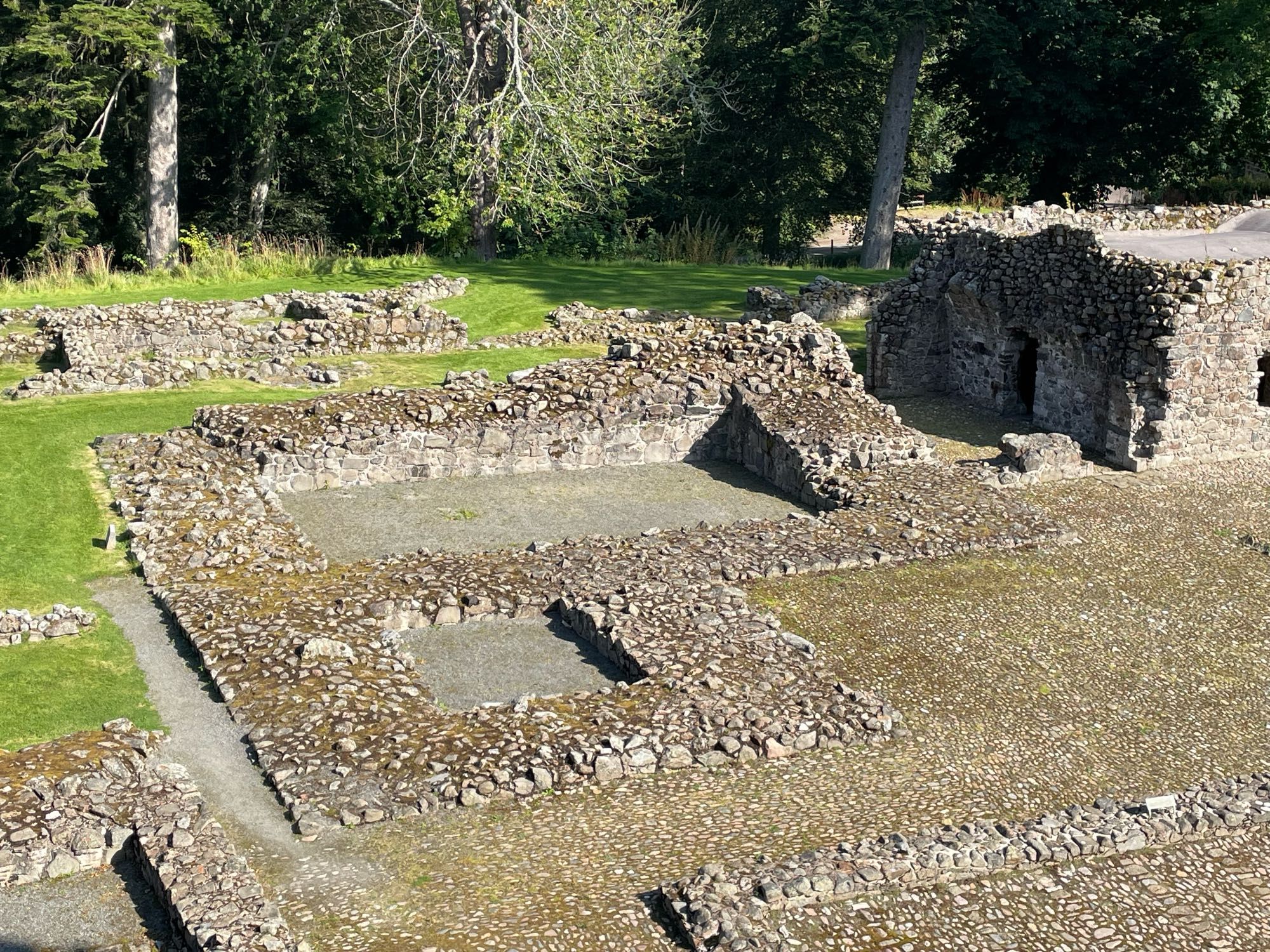


A shame. The town is lovely, but the castle is a bit meh due to the scale of rebuilding.
Also seen, the striking Tiffany window in the Kirk at Fyvie, thanks to my old friend Alison Jaffrey who is the Minister here.
